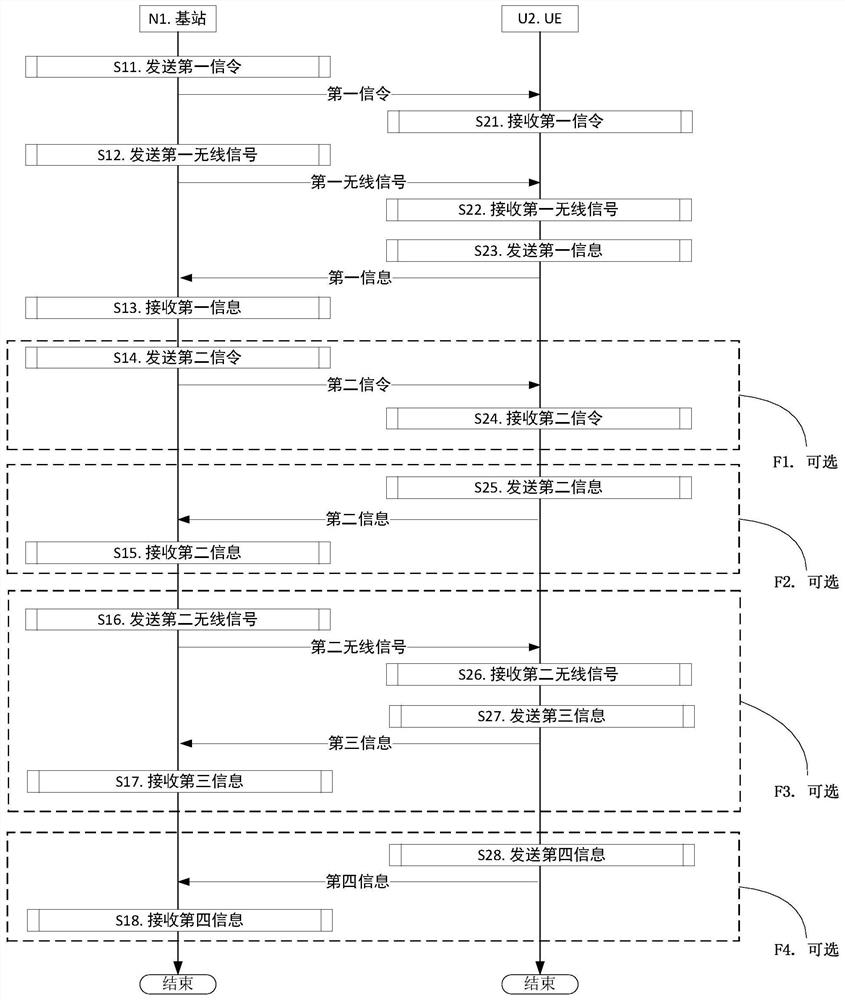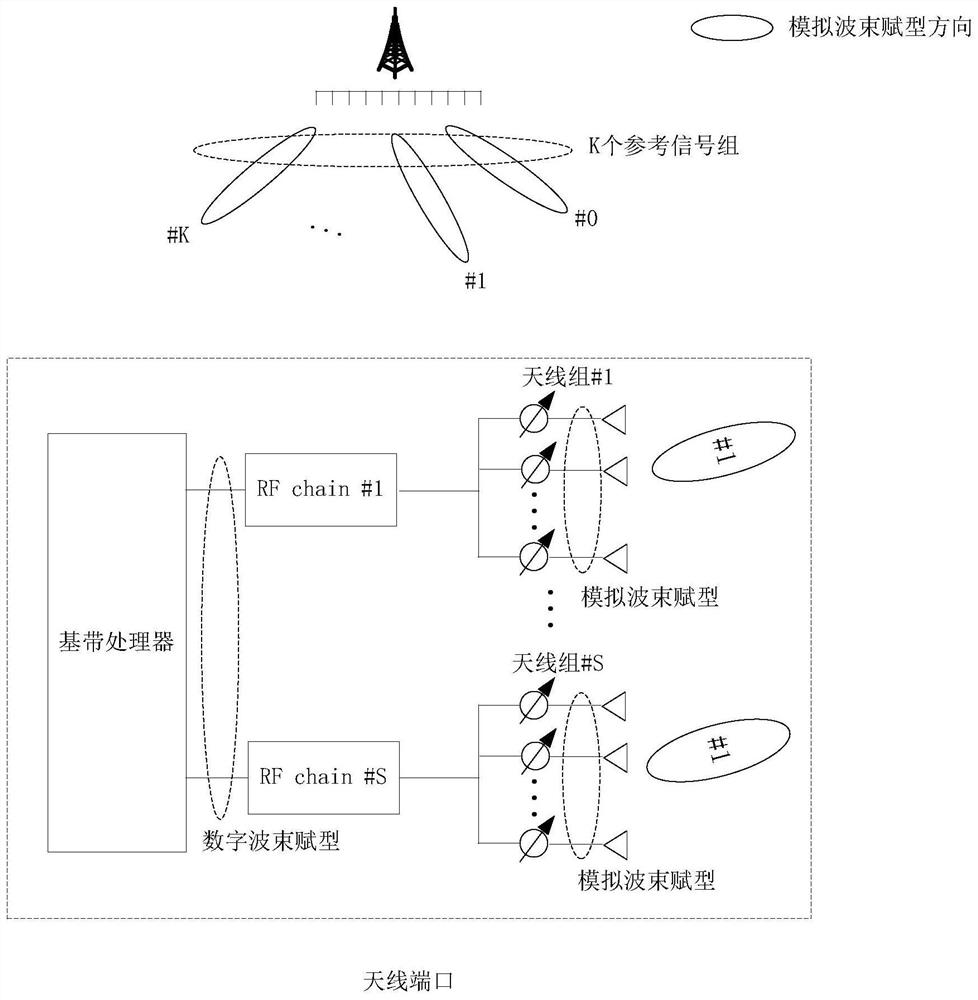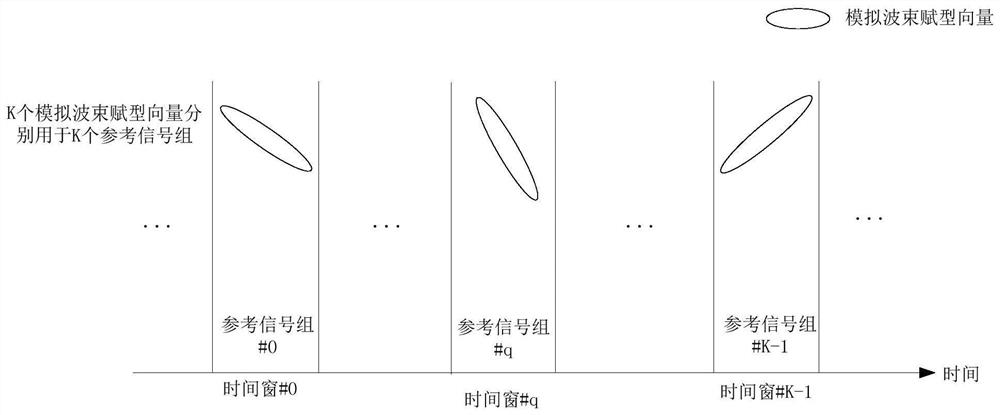Method and device in UE and base station for multi-antenna transmission
A technology of multi-antenna transmission and base station, applied in radio transmission system, transmission system, wireless communication and other directions, can solve the problems of power consumption and occupation of air interface resources, etc.
- Summary
- Abstract
- Description
- Claims
- Application Information
AI Technical Summary
Problems solved by technology
Method used
Image
Examples
Embodiment 1
[0206]Example 1 illustrates the flow chart of wireless transmission, as attachedfigure 1 Shown. Attachedfigure 1 Among them, base station N1 is the serving cell maintenance base station of UE U2. Attachedfigure 1 , The steps in block F1, block F2, block F3 and block F4 are optional.
[0207]For N1, send the first signaling in step S11; send the first wireless signal in step S12; receive the first information in step S13; send the second signaling in step 14; receive the second information in step S15 ; Send the second wireless signal in step S16; receive the third information in step S17; receive the fourth information in step S18.
[0208]For U2, the first signaling is received in step S21; the first wireless signal is received in step S22; the first information is sent in step S23; the second signaling is received in step S24; the second information is sent in step S25 ; In step S26, the second wireless signal is received; in step S27, the third information is sent; in step S28, the fou...
Embodiment 2
[0226]Embodiment 2 illustrates the schematic diagram of analog beamforming of K reference signal groups, as shown in the attached file.figure 2 Shown.
[0227]In Embodiment 2, the K reference signal groups and K antenna port groups have a one-to-one correspondence. The number of reference signals in the reference signal group is equal to the number of antenna ports in the corresponding antenna port group.
[0228]In Embodiment 2, the physical antenna corresponding to one antenna port is divided into S antenna groups, and each antenna group includes multiple antennas. The S is a positive integer. The antenna port is formed by superimposing multiple antennas in the S antenna groups through antenna virtualization, and the mapping coefficients from the multiple antennas in the S antenna groups to the antenna port constitute a beamforming vector. One of the antenna groups is connected to the baseband processor through an RF (Radio Frequency, radio frequency) link (Chain). One of the beamformin...
Embodiment 3
[0234]Embodiment 3 illustrates the timing diagram of K reference signal groups, as attachedimage 3 Shown.
[0235]In Embodiment 3, K antenna port groups correspond to K reference signal groups. The time domain resources occupied by any two reference signal groups in the K reference signal groups are orthogonal. The analog beamforming vectors corresponding to any two reference signal groups in the K reference signal groups cannot be considered the same. The K reference signal groups occupy K time windows. The K time windows are orthogonal in the time domain.
[0236]As a sub-example 1 of example 3, attachedimage 3 One transmission of the K reference signal groups is described. The K reference signal groups are sent periodically.
[0237]As a sub-embodiment 2 of embodiment 3, within a time window, the reference signal adopts a CSI-RS pattern.
[0238]As a sub-embodiment 3 of embodiment 3, within a time window, the reference signal adopts the pattern of SS.
PUM
 Login to View More
Login to View More Abstract
Description
Claims
Application Information
 Login to View More
Login to View More - R&D
- Intellectual Property
- Life Sciences
- Materials
- Tech Scout
- Unparalleled Data Quality
- Higher Quality Content
- 60% Fewer Hallucinations
Browse by: Latest US Patents, China's latest patents, Technical Efficacy Thesaurus, Application Domain, Technology Topic, Popular Technical Reports.
© 2025 PatSnap. All rights reserved.Legal|Privacy policy|Modern Slavery Act Transparency Statement|Sitemap|About US| Contact US: help@patsnap.com



